The most venomous snakes in the world – TOP 10 and TOP 100
Snakes have always been a source of fascination and fear for humans. Their slithering movements and reputation as cold-blooded predators have made them the subjects of countless myths and legends. However, there is a certain group of snakes that stands out for its particularly lethal nature: the venomous snakes. These fascinating creatures are capable of delivering a bite that can cause everything from intense pain to paralysis, organ failure, and even death. In this article, we will be exploring the most venomous snakes in the world, showcasing the top 10 and top 100 species that you definitely want to avoid encountering in the wild. So, get ready to delve into the dangerous and fascinating world of venomous snakes!
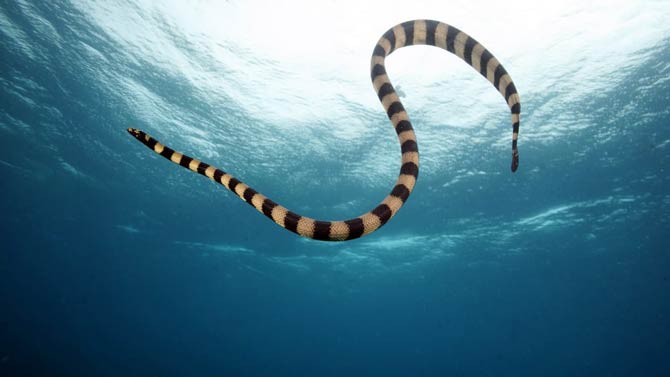
Which snake is the most venomous?
Such a question may not have a clear answer. There are many criteria to consider when making such a comparison. Frequently mentioned venomous snakes include the black mamba (Dendroaspis polylepis) and its ‘kiss of death‘, noted for its rapidly acting venom; several genera of cobras (Naja, Ophiophagus, Hemachatus, Boulengerina); one of the largest venomous snakes, the king cobra (Ophiophagus hannah); or the eastern diamondback rattlesnake (Crotalus adamanteus).
What kind of snakes do we call venomous snakes?
Snakes that use venom to hunt prey and defend themselves are called venomous snakes. The venom injected during the bite kills the prey or at least poisons the attacker.
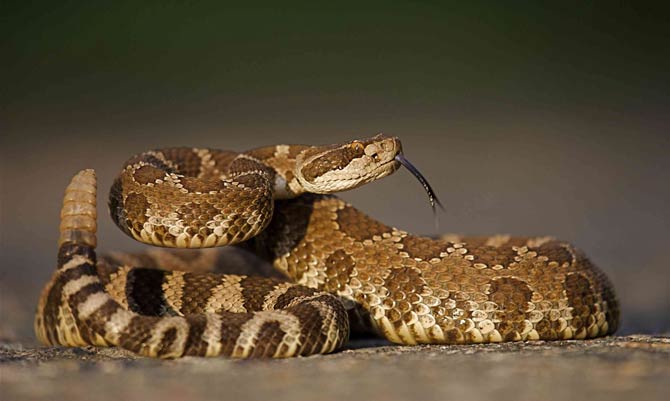
Venomous vs Poisonous
The key difference between venomous and poisonous lies in how the toxin is delivered to the body:
- Venomous animals inject venom through a bite, sting, or other sharp mechanism that breaks the skin, delivering toxins directly into the bloodstream (e.g., snakes, scorpions, bees)
- Poisonous organisms release toxins that must be ingested, inhaled, or absorbed through the skin to cause harm (e.g., poison dart frogs, certain plants).
In short, venom is actively injected, while poison is passively encountered. Some animals can be both venomous and poisonous, like the Asian Tiger snake, which can inject venom and also have poisonous toxins on its skin.
How many venomous snakes are there in the world?
Of the more than 3,971 species of snakes known worldwide, significantly more than the often rumored 10% are venomous. It is assumed that more than 600 snakes are venomous. The complete families Elapidae (including cobras, mambas, and sea snakes) and Viperidae (vipers and pit vipers), as well as the subfamily Atractaspidinae (mole vipers and burrowing asps), are proven to be venomous.
There are currently estimated to be more than 600 species of venomous snakes, including approximately 321 species of vipers and around 22 species in the subfamily Atractaspidinae (mole vipers). The families Elapidae and Viperidae, as well as the subfamily Atractaspidinae, exclusively contain venomous snakes. Beyond these entirely venomous families, an estimated total of around 700 venomous snake species exist worldwide, including certain members of other families like the boomslang (Dispholidus typus) from the Colubridae family.
The World Health Organization identifies 109 species as having high medical significance to humans, with another 142 species considered of lesser or uncertain importance, predominantly found in the tropical regions of Africa and Asia, and in Australia.
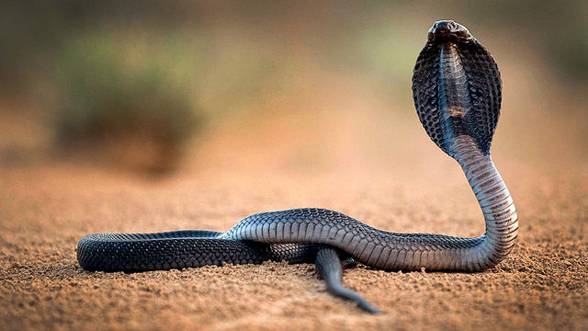
Are those snakes truly most venomous?
Certainly, every one of those snakes is extremely dangerous. The King cobra (the world’s largest venomous snake – 5.7 m (18 ft 8 in)), the Black mamba (Africa’s longest venomous snake – 4.5 m (14 ft 9 in)), or members of the Pit viper subfamily (Crotalinae) are often cited. These are sizeable snakes, capable of injecting large amounts of venom in a single bite. Every one of them can easily kill a person, and a single bite could potentially deliver a lethal dose of toxin for several people.
Lethal dose
While preparing this comparison, we decided to focus on the so-called Lethal Dose (LD; Latin: dosis lethalis, DL). In the case of snake venom, the LD value is a standard measure of its toxicity.
The LD value indicates the amount of a substance, per unit of body weight of the tested animal (typically expressed in milligrams per kilogram, mg/kg), that is necessary to cause death in a certain percentage of a tested animal population – LDx. The X marks the percentage of venomous bites resulting in animals` deaths. The most commonly used metric is the LD50, which is the dose required to kill 50% of the tested animals.
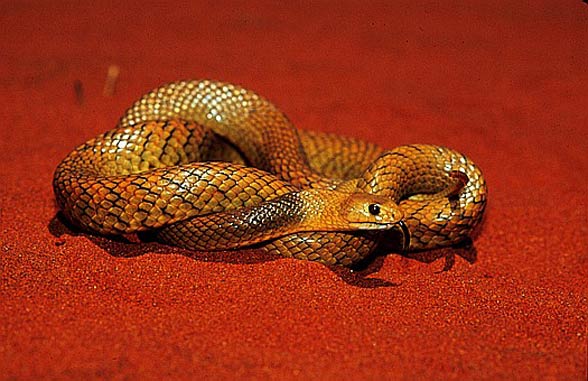
LD50
In the analysis of toxic substances, the most commonly used value is the LD50 (median lethal dose). This is the dose that resulted in the death of 50% of the tested specimens. These studies are most commonly conducted on mice.
To sum up – the recognized LD50 value represents the dose causing a 50% mortality rate among mice, typically those weighing around 20 g. In short – it is the minimum portion of venom necessary to kill a mouse.
One must remember that LD50 indicates the amount of venom needed to kill (per body weight), which is not equal to the total amount of venom a snake can inject. In fact, many snakes can inject significantly more venom than the calculated lethal dose for a small test animal. Consequently, the total amount of venom from the most dangerous snakes could kill more than one person. In the case of the world’s most venomous snake, based on calculated potential, this amount could theoretically be lethal to even 289 people!
There are four common methods by which the median lethal dose (LD50) is measured:
- LDSC – Subcutaneous: Venom is injected into the fatty layer beneath the skin
- LDIV – Intravenous: Venom is injected directly into a vein
- LDIM – Intramuscular: Venom is injected into a muscle
- LDIP – Intraperitoneal: Venom is injected into the abdominal cavity
The most commonly used methods for testing snake venom toxicity are subcutaneous and intravenous injections in mice.
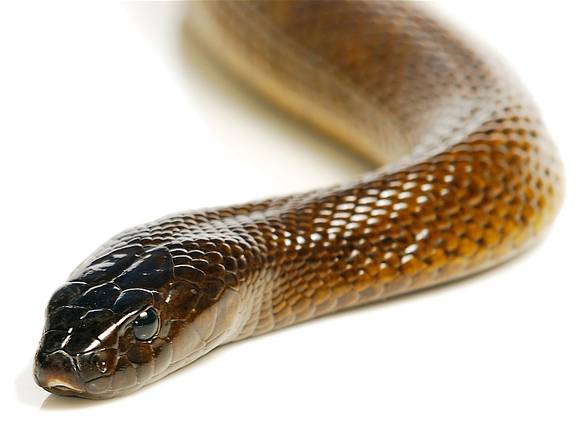
Which snake is the most venomous snake in the world?
Inland taipan (Oxyuranus microlepidotus) – the world’s most venomous snake
The title of the world’s most venomous snake belongs to the inland taipan, which inhabits the deserts of Australia.
The median lethal dose LD50 of the inland taipan’s venom is merely 0.025 mg/kg for mice. This means that a single bite, allowing it to inject up to 100 mg of venom, is enough to kill over 100 adult people. The venom needs 45 minutes to take effect. If we are able to apply a serum by that time, we will live. The problem is that being bit in the middle of an Australian desert one does not always carry the antidote by chance.
The comparison below covers the most venomous snakes in the world. Among others, the table holds the Valakadyn sea snake (Enhydrina schistosa), one of the most venomous sea snakes, plus the most venomous snake of the seas – Dubois` sea snake (Aipysurus duboisii).
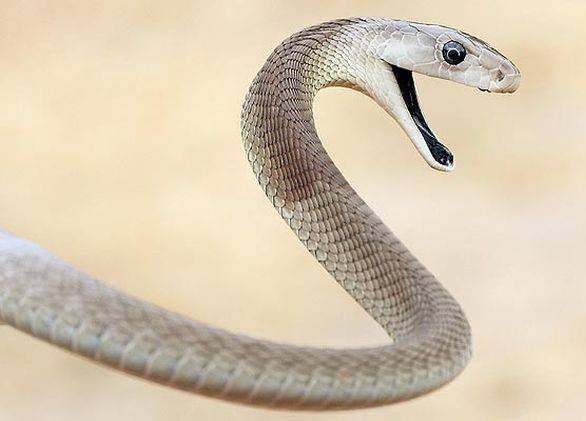
_______________________________________
Top 10 & Top 100
The most venomous snakes in the world
| Rank | Name | Venom [mg] | LD50 SC [mg/kg] | kills 50% of mice |
| 1 | Inland taipan | 217 | 0.01 | 1 085 000 |
| 2 | Eastern brown snake | 155 | 0.0365 | 212 329 |
| 3 | Dubois’ sea snake | 0.7 | 0.044 | 795 |
| 4 | Yellowbelly sea snake | 4 | 0.067 | 2 985 |
| 5 | Taiwanese krait | 18.4 | 0.09 | 10 222 |
| 6 | Coastal taipan | 882 | 0.106 | 416 038 |
| 7 | Beaked sea snake | 79 | 0.1125 | 35 111 |
| 8 | Mainland tiger snake | 336 | 0.12 | 140 000 |
| 9 | Saw scaled viper | 72 | 0.151 | 23 841 |
| 10 | Northern Philippine cobra | 250 | 0.20 | 62 500 |
| 11 | Black banded sea krait | 14 | 0.20 | 3 500 |
| 12 | Tiger rattlesnake | 11 | 0.21 | 2 619 |
| 13 | Forest cobra | 1 102 | 0.225 | 244 889 |
| 14 | Monocled cobra | 742 | 0.24 | 154 583 |
| 15 | Indochinese spitting cobra | 738 | 0.25 | 147 600 |
| 16 | Elegant sea snake | 24 | 0.26 | 4 615 |
| 17 | Olive brown sea snake | 33 | 0.26 | 6 250 |
| 18 | Chinese cobra | 200 | 0.29 | 34 483 |
| 19 | Mohave rattlesnake | 150 | 0.31 | 24 194 |
| 20 | Black mamba | 400 | 0.32 | 400 000 |
| 21 | Speckled Brown Snake | 6 | 0.36 | 833 |
| 22 | Indian krait | 24.3 | 0.365 | 3 329 |
| 23 | Caspian cobra | 590 | 0.40 | 73 750 |
| 24 | Death adder | 236 | 0.40 | 29 500 |
| 25 | Spectacled cobra | 610 | 0.45 | 67 778 |
| 26 | Annulated sea snake | 80 | 0.464 | 8 621 |
| 27 | Western brown snake | 74 | 0.473 | 7 822 |
| 28 | Lowlands Copperhead | 155 | 0.50 | 15 500 |
| 29 | Fea’s viper | 1.75 | 0.50 | 175 |
| 30 | Dugite | 143 | 0.66 | 10 833 |
| 31 | Cape cobra | 150 | 0.70 | 10 714 |
| 32 | Western green mamba | 100 | 0.70 | 7 143 |
| 33 | Russell’s viper | 250 | 0.75 | 16 667 |
| 34 | Rinkhals | 120 | 1.00 | 6 000 |
| 35 | Jameson’s mamba | 120 | 1.00 | 6 000 |
| 36 | King cobra | 500 | 1.091 | 22 915 |
| 37 | Congo water cobra | 300 | 1.15 | 13 043 |
| 38 | Eastern coralsnake | 5 | 1.30 | 192 |
| 39 | Stephens’s banded snake | 154 | 1.36 | 5 662 |
| 40 | Clarence River Snake | 84 | 1.36 | 3 088 |
| 41 | Mulga snake | 802 | 1.94 | 20 670 |
| 42 | Black necked spitting cobra | 362 | 2.00 | 9 050 |
| 43 | Blue bellied black snake | 213 | 2.13 | 5 000 |
| 44 | Collett’s Snake | 226 | 2.38 | 4 748 |
| 45 | Red bellied black snake | 298 | 2.52 | 5 913 |
| 46 | Mexican west coast rattlesnake | 297 | 2.80 | 5 304 |
| 47 | Horned viper | 132 | 3.00 | 2 200 |
| 48 | Eastern green mamba | 75 | 3.05 | 1 230 |
| 49 | Timber rattlesnake | 229 | 3.10 | 3 694 |
| 50 | Banded krait | 114 | 3.60 | 1 583 |
| 51 | Small scaled burrowing asp | 10 | 4.00 | 125 |
| 52 | Jararaca | 70 | 4.32 | 810 |
| 53 | Puff adder | 750 | 4.40 | 8 523 |
| 54 | Central African gaboon viper | 2 400 | 5.00 | 24 000 |
| 55 | Sidewinder rattlesnake | 80 | 5.50 | 727 |
| 56 | Wagler’s pit viper | 90 | 6.19 | 727 |
| 57 | Common European adder | 18 | 6.45 | 140 |
| 58 | Western diamondback rattlesnake | 1 145 | 7.80 | 7 340 |
| 59 | Sharp nosed viper | 214 | 9.20 | 1 163 |
| 60 | Red diamond rattlesnake | 707 | 9.92 | 3 564 |
| 61 | Eastern Diamondback Rattlesnake | 848 | 11.40 | 3 719 |
| 62 | Boomslang | 8 | 12.50 | 32 |
| 63 | White lipped pit viper | 15 | 12.75 | 59 |
| 64 | Jararacussu | 321 | 13.00 | 1 235 |
| 65 | Common Night Adder | 300 | 15.00 | 1 000 |
| 66 | Urutu | 100 | 15.80 | 316 |
| 67 | Levantine viper | 150 | 16.00 | 469 |
| 68 | Mamushi | 7 | 20.00 | 18 |
| 69 | Common lancehead | 200 | 22.00 | 455 |
| 70 | Malayan pit viper | 60 | 23.40 | 128 |
| 71 | Mottled Rock rattlesnake | 129 | 23.95 | 269 |
| 72 | Pigmy Rattlesnake | 35 | 24.30 | 72 |
| 73 | Copperhead | 75 | 25.60 | 146 |
| 74 | Cottonmouth | 170 | 25.80 | 329 |
| 75 | Eyelash viper | 20 | 33.20 | 30 |
| 76 | Atlantic bushmaster | 500 | 36.90 | 678 |

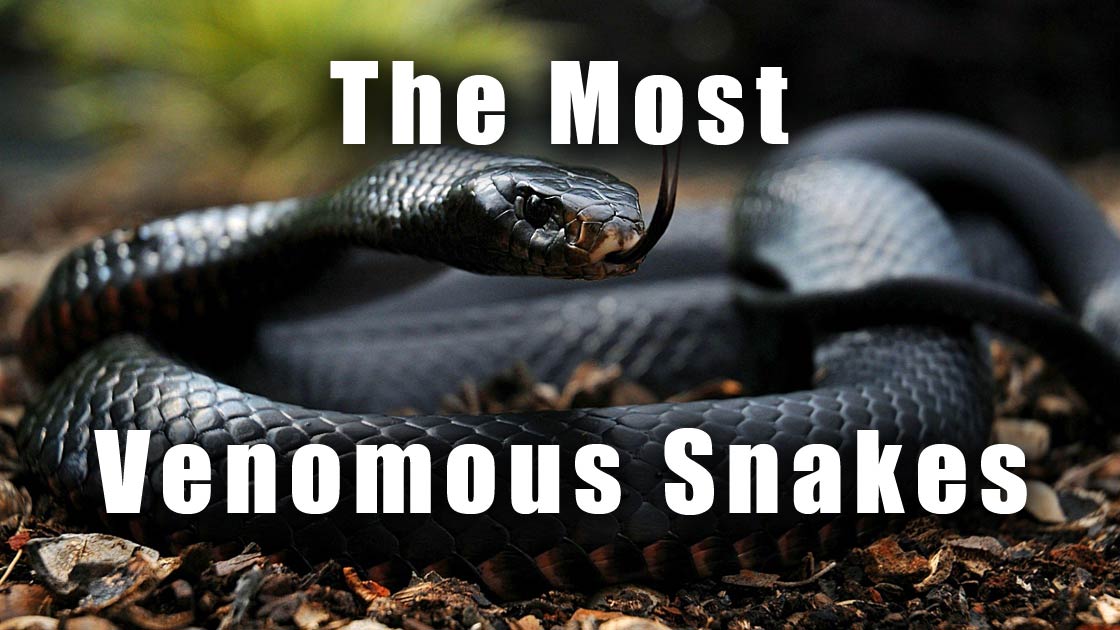
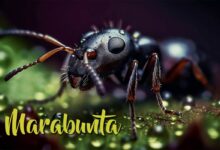






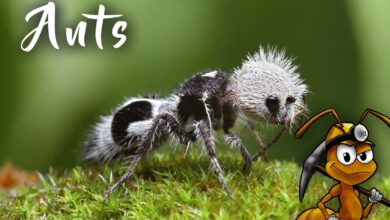

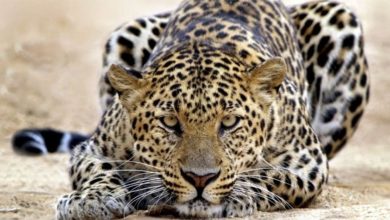



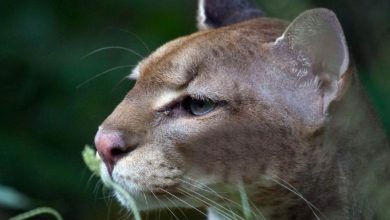
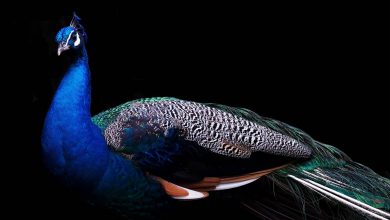

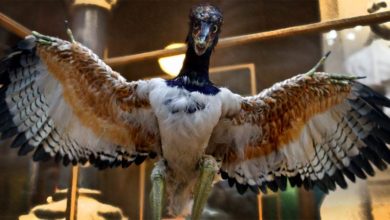
thats pretty good research but the most venomous is the one thats biting you at the moment
Why is there only a top 76 lol where’s the other 24 wouldn’t that be good if the rest of the list was here
The rest will be soon 🙂 We collect data.
Right
Where is Belcher’s Sea Snake?
Boomslang should be much higher on the list easily top 20 a lot of ppl say black mamba is Africa’s deadliest snake but it’s not boomslang is.. And as someone already stated belchers sea snake isn’t even on the list and its a contender for number 2 overall and eastern diamondback should be the first rattler listed.
Belcher’s sea snake has only 0.24 mg/kg when delivered intramuscularly and it is not such venomous like you claim. The most venomous sea snake is actually Dubois’ seasnake(Aipysurus duboisii ). On what basis do you claim that boomslang should be higher, since the ld50 of this snake is lower.
According to many experts, the Belcher’s sea snake’s venom is about a hundred times more toxic than any other snake in the world. Just to give you an idea how toxic, one drop of venom from a King Cobra is powerful enough to kill well over 150 people, while only a few milligrams of the Belcher’s sea snake’s venom can kill over 1,000 people. The good thing is that this snake is considered to be very timid and would take a lot of provoking for it to bite you.
That is a myth. Do some more research. People have been bitten and they don’t die.
Sorry Jimmy, must disagree. The Boomslang like the Mangrove snake (which I kept) is a back-fanged snake, so has to chew the poison into its prey. This makes it less effective than any viperine varieties. Mambas are just faster. Maybe the toxicity of their venom is comparable, but if given the opportunity to choose, I’d take my chances with the boomslang any day.